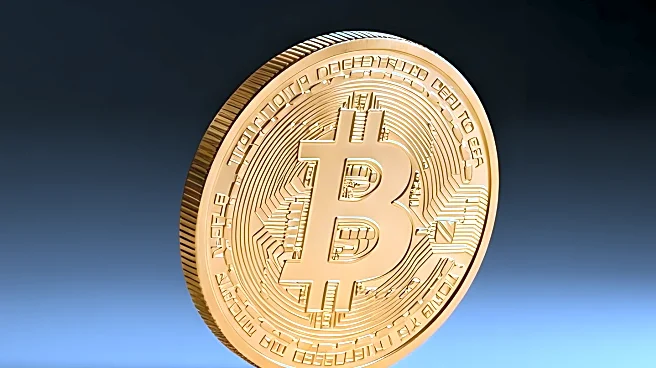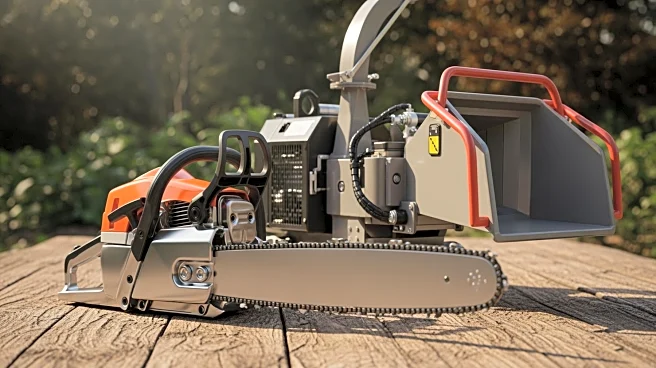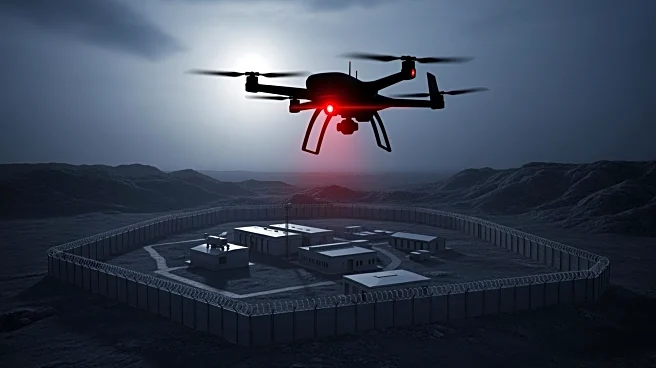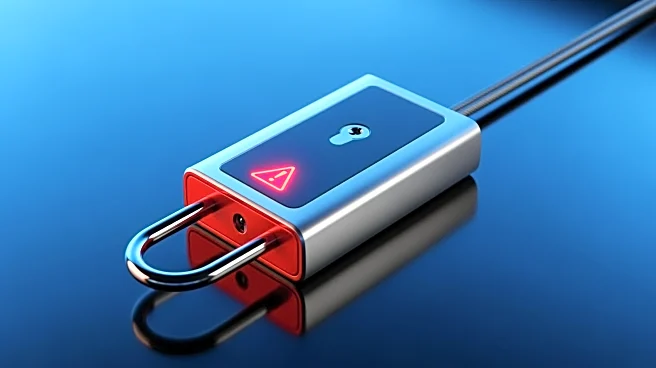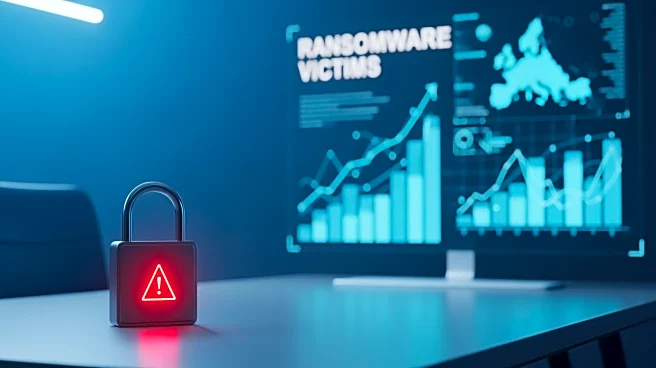What's Happening?
A metal detectorist in Saxony, Germany, has uncovered a 2,200-year-old Celtic gold coin, marking the region's oldest gold find to date. The coin, weighing two grams and in near-mint condition, was found during a routine search in July. Archaeologists
believe the discovery offers new insights into ancient trade links between the Celts and central European communities. The coin, classified as a quarter stater, predates previously known specimens and suggests more extensive cross-cultural exchanges than previously thought. The State Office for Archaeology Saxony has confirmed the coin's authenticity and significance.
Why It's Important?
The discovery of the Celtic gold coin in Saxony challenges existing narratives about the extent of Celtic influence and trade networks in ancient Europe. It provides tangible evidence of cultural contact between the Celts and central European tribes, potentially reshaping historical understanding of these interactions. The find also highlights the role of volunteer detectorists in contributing to archaeological research and preserving cultural heritage. This discovery may encourage further exploration and study of ancient trade routes and cultural exchanges in the region.
What's Next?
The find is likely to spur additional archaeological surveys in Saxony and surrounding areas to uncover more evidence of Celtic presence and influence. Researchers may focus on analyzing the coin's design and composition to gain deeper insights into its origins and significance. The discovery could lead to increased collaboration between archaeologists and local communities to protect and study historical artifacts. Further finds may continue to reshape historical narratives and contribute to a broader understanding of ancient European cultures.
Beyond the Headlines
The coin's discovery underscores the importance of preserving and studying historical artifacts to understand cultural and economic exchanges in ancient times. It also highlights the ethical considerations of artifact collection and the need for responsible reporting and preservation practices. The find may inspire discussions about the role of amateur archaeologists in contributing to scientific research and the balance between public interest and professional oversight.
